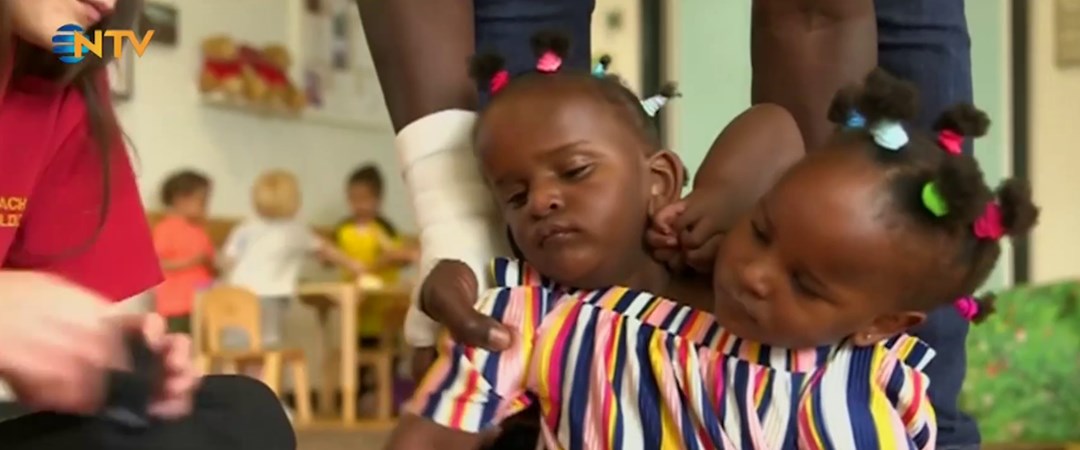The Threshold of Life and Closure: Surgical Separation of Conjoined Twins
The separation of conjoined twins is a medical procedure that is both complex and controversial. The surgery itself is often a last resort, as many conjoined twins share vital organs or blood vessels, making the separation process risky and potentially life-threatening. However, for some families, the surgery provides a chance for their children to lead independent lives, free from the physical and social limitations that come with being conjoined.

The first documented surgery to separate conjoined twins was performed in 1689, when a team of doctors successfully separated conjoined twin girls in Germany. Since then, advances in medical technology and surgical techniques have made the process more safe and effective. However, despite these advances, the separation of conjoined twins remains a highly complex and emotionally charged procedure.
One of the primary challenges in separating conjoined twins is determining the optimal time to perform the surgery. In many cases, the surgery is performed shortly after birth, as delaying the procedure can increase the risk of complications and make separation more difficult. However, in some cases, the surgery may be delayed until the twins are older, as this can reduce the risk of complications and allow for a more successful separation.
The separation process itself can take anywhere from a few hours to several days, depending on the complexity of the case. During the surgery, the conjoined twins are placed under general anesthesia and a team of highly skilled surgeons work to carefully separate their shared organs and blood vessels. In some cases, reconstructive surgery may also be necessary to correct any physical deformities or injuries that resulted from the separation.
Despite the risks and challenges involved in separating conjoined twins, many families see the surgery as a necessary step towards ensuring their children’s health and well-being. However, the decision to separate conjoined twins is not always clear-cut, and in some cases, families may choose to keep their children conjoined. This decision is often based on a variety of factors, including the overall health of the twins, their ability to live independent lives, and the level of risk involved in the separation process.

For families who do choose to have their children separated, the process can be emotionally and physically exhausting. In addition to the stress and anxiety of the surgery itself, families must also navigate the post-operative recovery process, which can be long and difficult. This often involves multiple follow-up surgeries and extensive rehabilitation, as well as ongoing medical care and monitoring.
The emotional toll of the separation process is also significant, as families must come to terms with the fact that their children are no longer conjoined. For some families, this can be a joyful and liberating experience, as their children are now able to lead independent lives. However, for others, the separation process can be bittersweet, as they must navigate the complex emotional terrain of letting go of their children’s shared identity and embracing their individuality.
Ultimately, the decision to separate conjoined twins is a deeply personal one that should be made in consultation with a team of medical professionals, including surgeons, geneticists, and psychologists. While the surgery itself can be risky and emotionally charged, it also provides a chance for conjoined twins to live independent lives and fulfill their potential. As medical technology continues to advance, it is likely that the process of separating conjoined twins will become safer and more effective, allowing more families to make this difficult but potentially life-changing decision.


